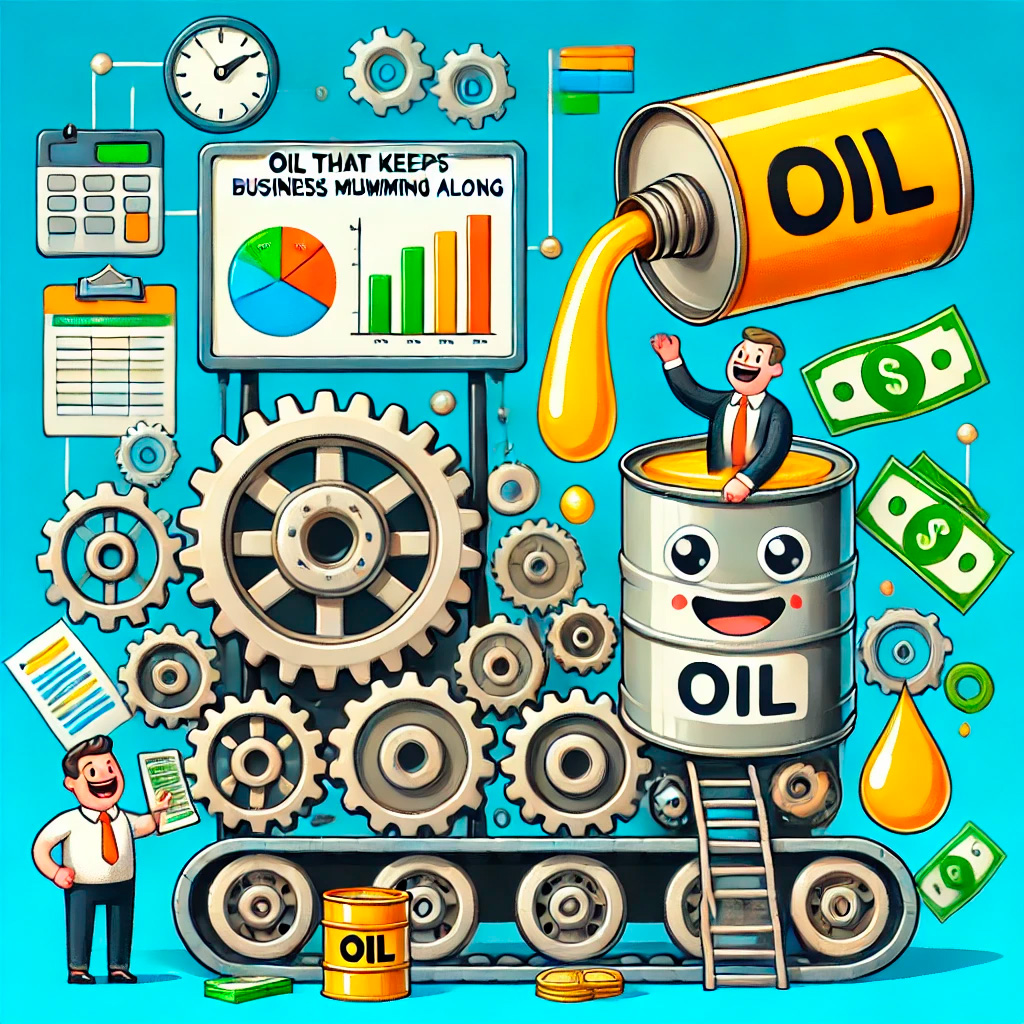
What Is G&A?
Common G&A Expenses
- Executive salaries
- Rent and utilities
- Legal and accounting fees
- Office supplies
- Insurance
- Administrative staff wages
👆 Fun fact: G&A is a significant component of OPEX (Operating Expenses), which includes all day-to-day costs of running a business. In many companies, G&A can represent 10-20% of total OPEX!
G&A and OPEX: The Big Picture
OPEX typically includes:
- Selling expenses
- General and Administrative expenses (G&A)
- Research and Development (R&D) for some companies
- Depreciation and Amortization
G&A is always part of OPEX. When G&A goes up, OPEX goes up, and vice versa. It’s like G&A is a room in the bigger OPEX house. 🏠
Why G&A Matters
Understanding G&A is crucial because:
- It impacts profitability: G&A directly affects the bottom line as part of OPEX.
- It reflects operational efficiency: Lower G&A can indicate a lean operation.
- It’s a key component of financial analysis: Investors and analysts scrutinize G&A closely within OPEX.
G&A on Financial Statements
You’ll typically find G&A on the income statement, often grouped with Selling expenses as SG&A (Selling, General, and Administrative expenses). It’s part of operating expenses, which are subtracted from gross profit to calculate operating income.
Benchmarking G&A
- Tech startups: G&A at 15-20% of revenue
- Large retailers: Aim for 5-10%
- Manufacturing companies: Target 2-5%
Remember, lower isn’t always better. Too low G&A might mean underinvestment in crucial areas like compliance or IT infrastructure.
Managing G&A
Here are some strategies companies use to keep G&A in check:
- Automation: Using software to handle administrative tasks.
- Outsourcing: Hiring external firms for specialized functions.
- Shared services: Centralizing admin functions for multiple business units.
- Zero-based budgeting: Justifying G&A expenses from scratch each year.
These strategies aim to reduce overall OPEX by targeting G&A specifically.
G&A vs. Other OPEX Components
It’s important to distinguish G&A from other types of operating expenses:
- Cost of Goods Sold (COGS): Direct costs of producing goods or services (not part of OPEX).
- Selling Expenses: Costs directly related to sales activities (part of OPEX).
- Research and Development (R&D): Costs for innovation and product development (part of OPEX for some companies).
G&A is the catch-all for operating expenses that don’t fit neatly into these other categories.

Leave a Reply